Animals
-
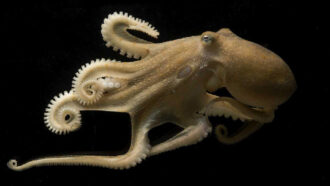 Animals
AnimalsRNA editing helps octopuses cope with the cold
California two-spot octopuses tweak the proteins they make, potentially to help maintain brain function when temperatures dip.
By Freda Kreier -
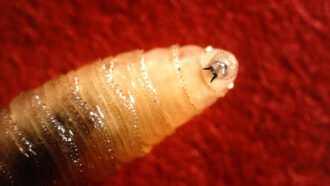 Life
Life50 years ago, flesh-eating screwworms pushed scientists to mass produce flies
"Fly factories” dreamed up in the early 1970s have helped North and Central America keep screwworms in check for decades.
By Nikk Ogasa -
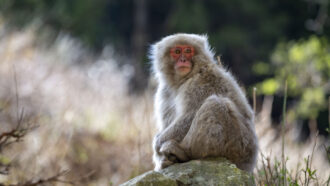 Animals
AnimalsWhen and why did masturbation evolve in primates? A new study provides clues
In a first-of-its-kind comparative study, researchers show that primates were masturbating 40 million years ago and that the behavior may help males keep their sperm fresh.
-
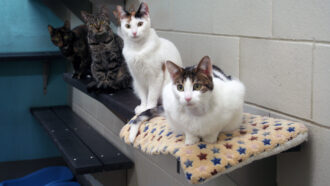 Life
LifeA gene therapy shot might keep cats from getting pregnant without being spayed
Even after mating with fertile males, females given the cat contraceptive, which targets an ovulation-preventing hormone, did not get pregnant.
-
 Ecosystems
EcosystemsMarjorie Weber explores plant-protecting ants and other wonders of evolution
Cooperation across the tree of life is an understudied driver of evolution and biodiversity, Marjorie Weber says.
By Meghan Rosen -
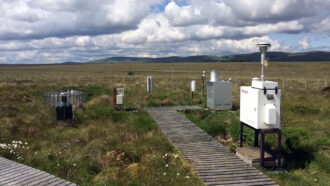 Life
LifeAir pollution monitoring may accidentally help scientists track biodiversity
Filters in air monitoring facilities inadvertently capture environmental DNA, which could give scientists a new tool to track local plants and animals.
-
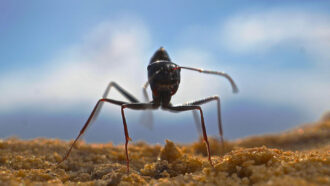 Animals
AnimalsThese ants build tall nest hills to help show the way home
Desert ants living in the harsh, flat salt pans of Tunisia create towering anthills to aid with navigating the near-featureless terrain.
By Soumya Sagar -
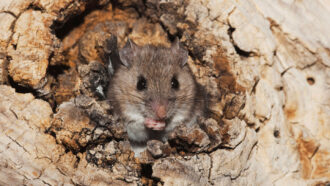 Animals
AnimalsHow a new Lyme vaccine for mice may protect people
A vaccine, distributed as pellets, can neutralize Lyme-causing bacteria in wildlife. Scientists hope it will reduce Lyme exposure for people and pets.
-
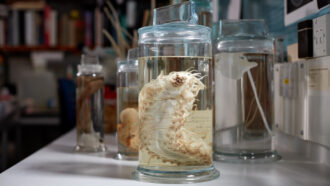 Life
Life5,000 deep-sea animals new to science turned up in ocean records
Scientists compiled a list of animals unknown to science that live in a deep-sea Pacific Ocean ecosystem targeted for mining exploration.
By Jude Coleman -
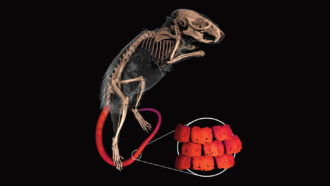 Life
LifeSpiny mice have armadillo-like armor in their tails
CT scans revealed the bony plates in the rodents’ tails. The hidden armor may protect against attacking predators or other spiny mice.
By Jake Buehler -
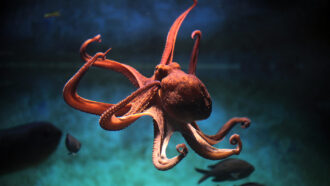 Animals
AnimalsOctopuses and squid are masters of RNA editing while leaving DNA intact
Modifications to RNA could explain the intelligence and flexibility of shell-less cephalopods.
-
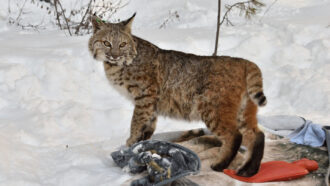 Life
LifeLarge predators push coyotes and bobcats near people and to their demise
Coyotes and bobcats hide near people when wolves, cougars and other large predators are close-by, putting the smaller carnivores at a higher risk of dying at human hands.
By Freda Kreier